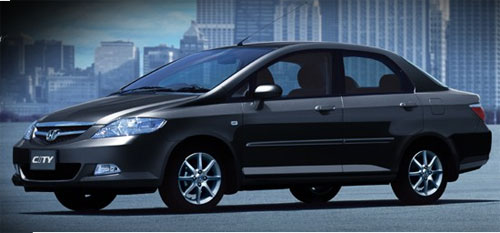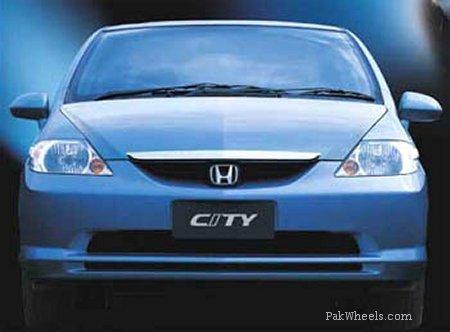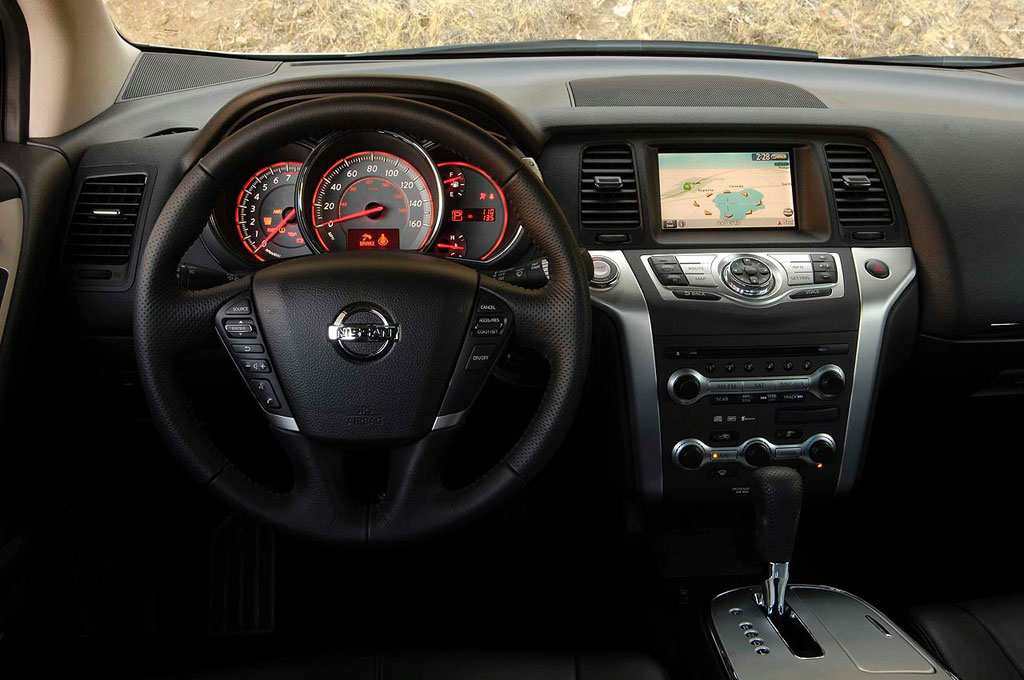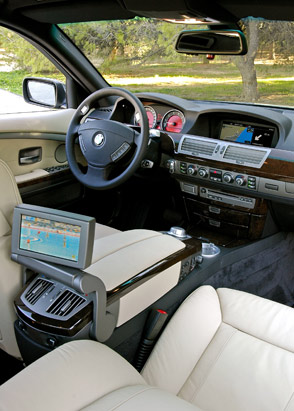Volvo XC90 - Ocean Race Edition
 Volvo's XC90 is Still ShipShape
Volvo's XC90 is Still ShipShapeVolvo has launched its sea-themed version of its XC90. The Volvo Ocean Race Edition is named after the nine-month endurance sailing event which kicked off last weekend in Alicante, Spain. As you'd expect, the car gets a host of sailing-inspired mods to set it apart from ordinary land-based XC90s.
Most noticeable is the Ocean Blue pearl paintwork, which really looks deep and luscious enough to plunge into. Small emblems on the front fenders mark the car out as a special edition - the test car's huge decals are thankfully not standard.
There's also extra chrome trim around the exterior, painted aluminium roof rails and a new alloy wheel design which Volvo says was inspired by the movement of the ocean's waves. Maybe the resemblance would be clearer when one is seasick.
All these do jazz up the XC90 slightly, although the car's styling has hardly dated since its release back in 2002 anyway.
 The cabin benefits from an upholstery stitching style that apparently has its roots in sail making, some genuinely stylish aluminium trim panels and special floor mats.
The cabin benefits from an upholstery stitching style that apparently has its roots in sail making, some genuinely stylish aluminium trim panels and special floor mats.Fancy detailing aside, this remains one of the most cleverly designed interiors anywhere in the car world. The comfy seats are easily configured in virtually any arrangement you'd like, and there's decent boot space even with the third row chairs in place.
Build quality is reassuringly sturdy, the car feeling well up to the task of handling 45,000 tough kilometers - the distance covered by the Ocean Race participants - and then some.
It's pretty much toddler-proof too.
Power comes from the tried-and-trusted 210bhp 2.5 turbo five-cylinder, which remains Volvo's most characterful engine by some margin. It pulls the nearly 2.1 tonne SUV along with real vigour, although those with heavy right feet will pay the price at the pumps.
Only 4,000 of these special edition XC90s are available worldwide.
Labels: Volvo XC90



























